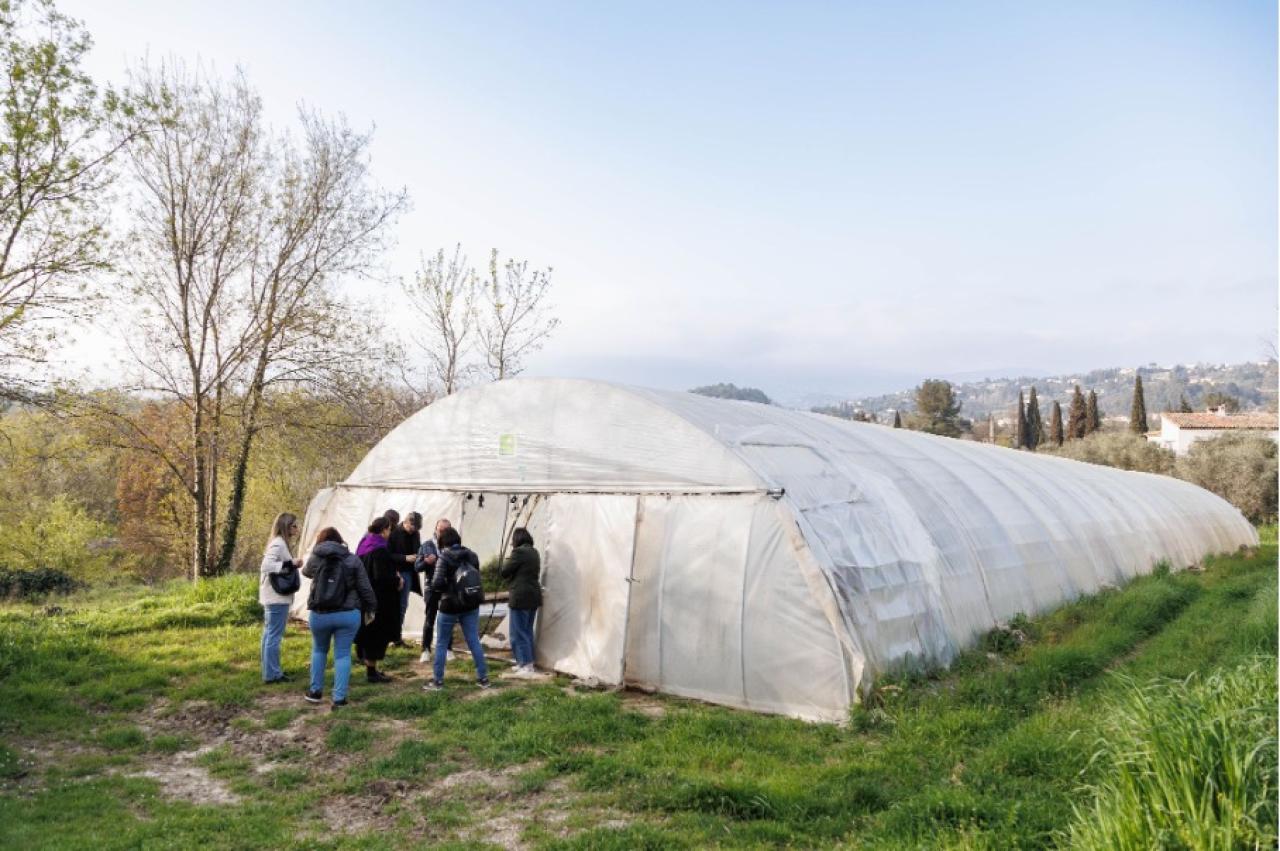
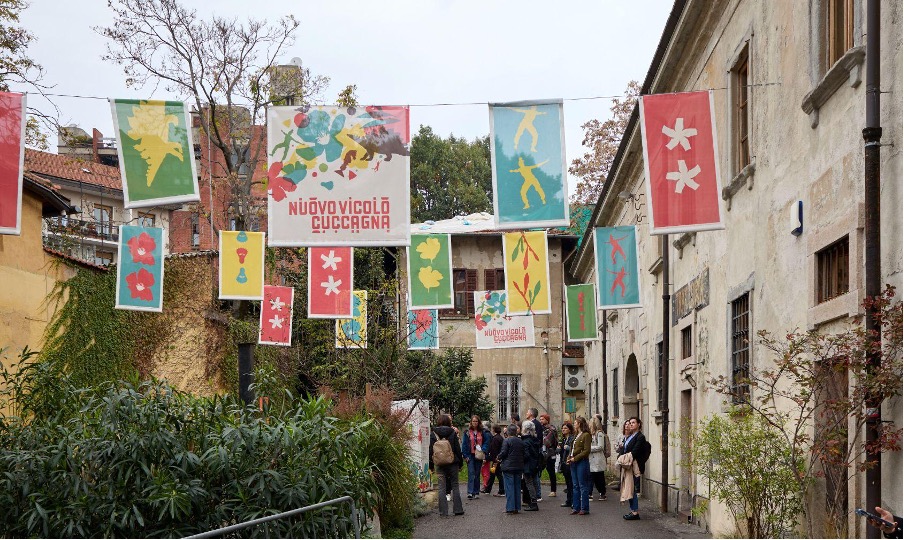
Last month Milan hosted the third EU City Lab on Local Food Systems. What have we learnt about integrated sustainable food systems?


Last month Milan hosted the third EU City Lab on Local Food Systems. What have we learnt about integrated sustainable food systems?
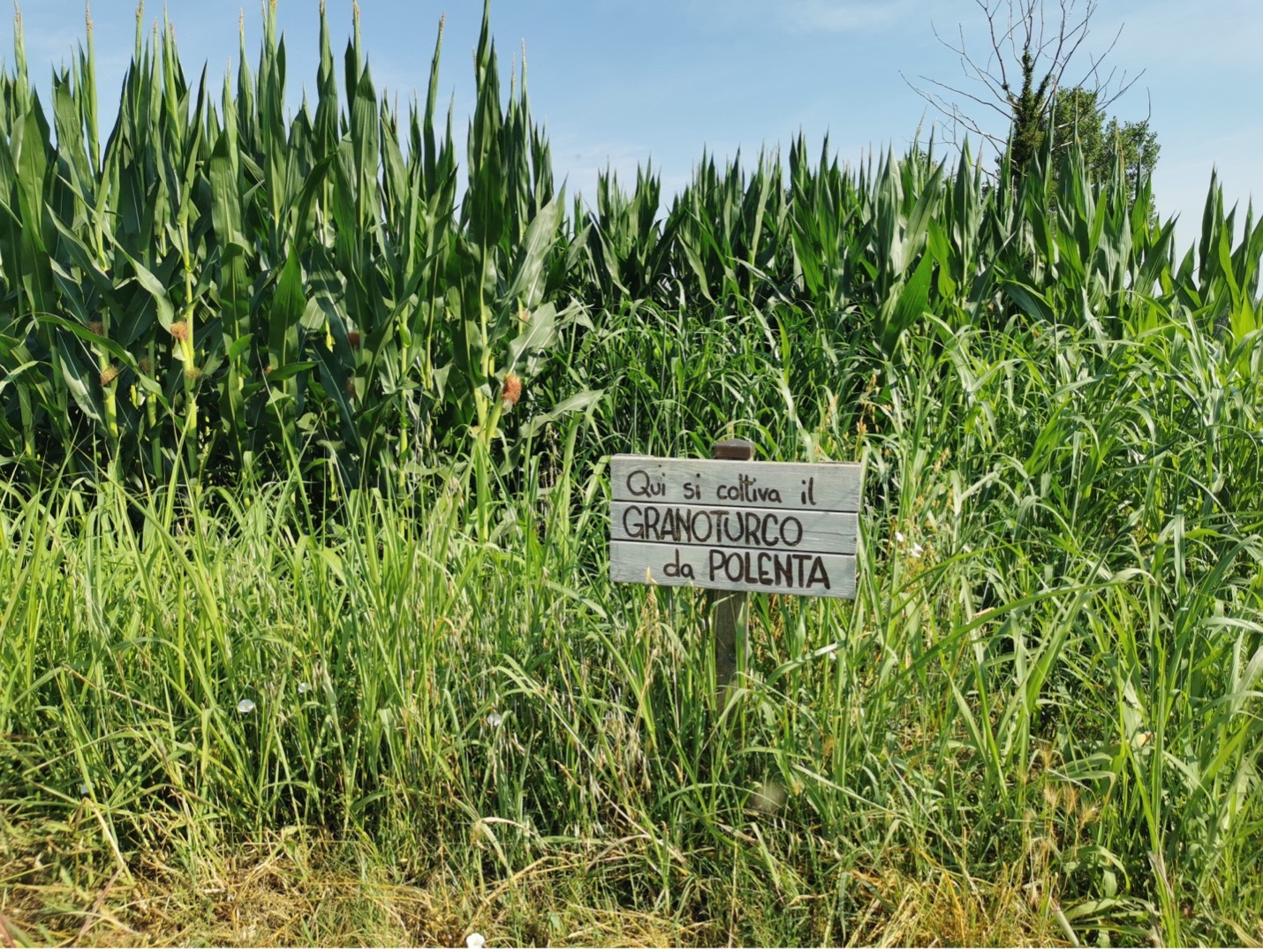
Milan will serve the third course of the EU City Labs on Local Food Systems on 23-24 October. Reserve your spot and find out more about sustainable land-use strategies to feed the city.
‘Going local’ is not just a trend or a buzzword; cities throughout Europe are prioritising local food production and consumption as part of a holistic and systemic approach towards integrated sustainable food systems. Scientific and policy research shows that cities with agricultural land have an advantage and opportunity to relocalise their food systems by making farmland and practices more accessible.
On 23-24 October 2024, Milan (IT) will take on sustainable land use at the next EU City Lab, a series of knowledge-sharing events co-organised by URBACT and the European Urban Initiative (EUI).
The Milan edition marks the third EU City Lab on Local Food Systems since March 2024, following Mouans-Sartoux (FR), where we explored changing habits for a healthy and sustainable food system, and Liège (BE), where we considered public procurement for more local, seasonal and sustainable food.
Let’s find out more about what sustainable land-use practices are, why they are important for cities, and what we can expect from the next EU City Lab.
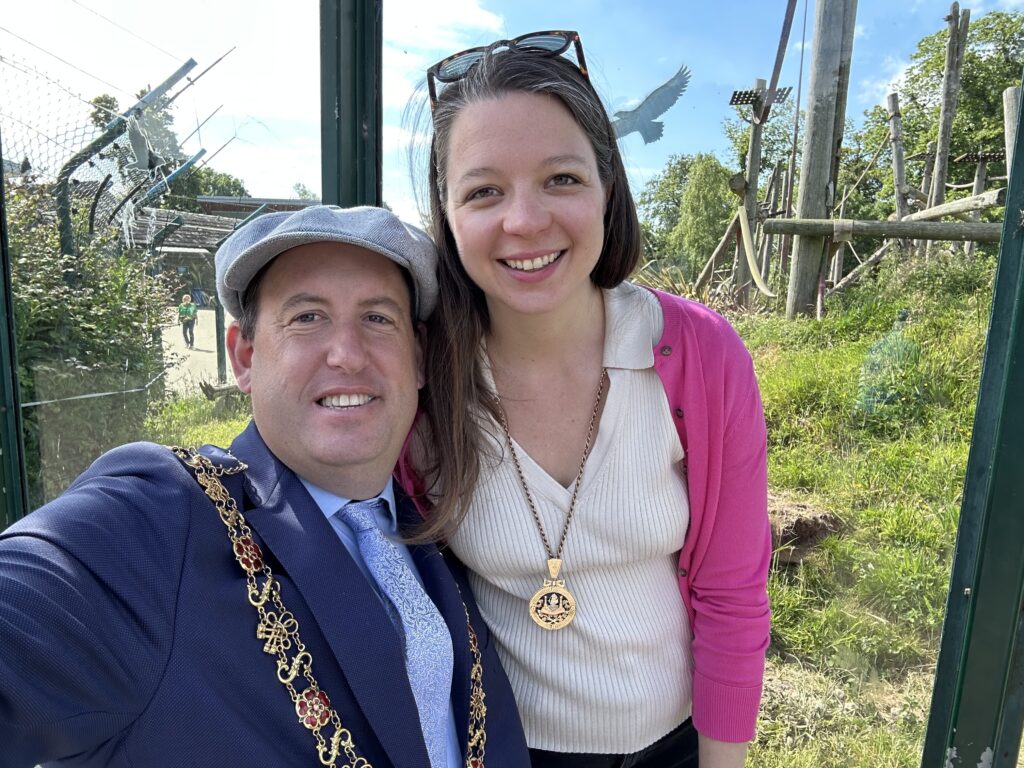
My partner Kieran McCarthy’s Mayoralty is now over. It has been roller-coaster. Of energy, of emotions. It has been an experience which I will miss but not regret: a unique in a life-time opportunity!
The last 6 months
We have gone through such great highlights since the last account of our activities:
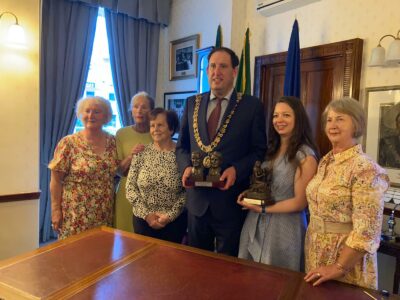
It’s been a great adventure, a great honour and privilege to be the Lady Mayoress of Cork in 2023-2024.
I can also say that we, as a couple, have survived to it! It has made us stronger but also set the ground for our relationship.
I was also totally new to cork. Now I think I have a better knowledge of the city of Cork and probably higher than most people I know in terms of community and other types of activities.
I was actually very impressed by all the community activities of the City of Cork. I don’t know if that’s a specific Irish characteristic : if I compare to Belgium – where I have been for 17 years, and France were – I was born, and grew up, we, for sure don’t have such a strong tradition of community life. It’s very interesting to see these dynamics and energy that come from people, to work together on many topics just to make a better city, really.
Continue readingI have been a Lady Mayoress for half a term now. After the Lord Mayor’s account of the first half of his mayoralty, it is my turn to account for my first entry into the role of Lady Mayoress.
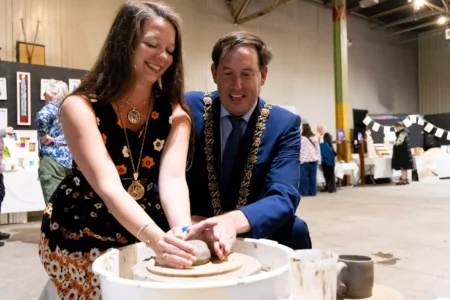
In these first six months, I have had the opportunity to meet with wonderful people and to become familiar and support many projects borne by Corkonians:
Continue reading